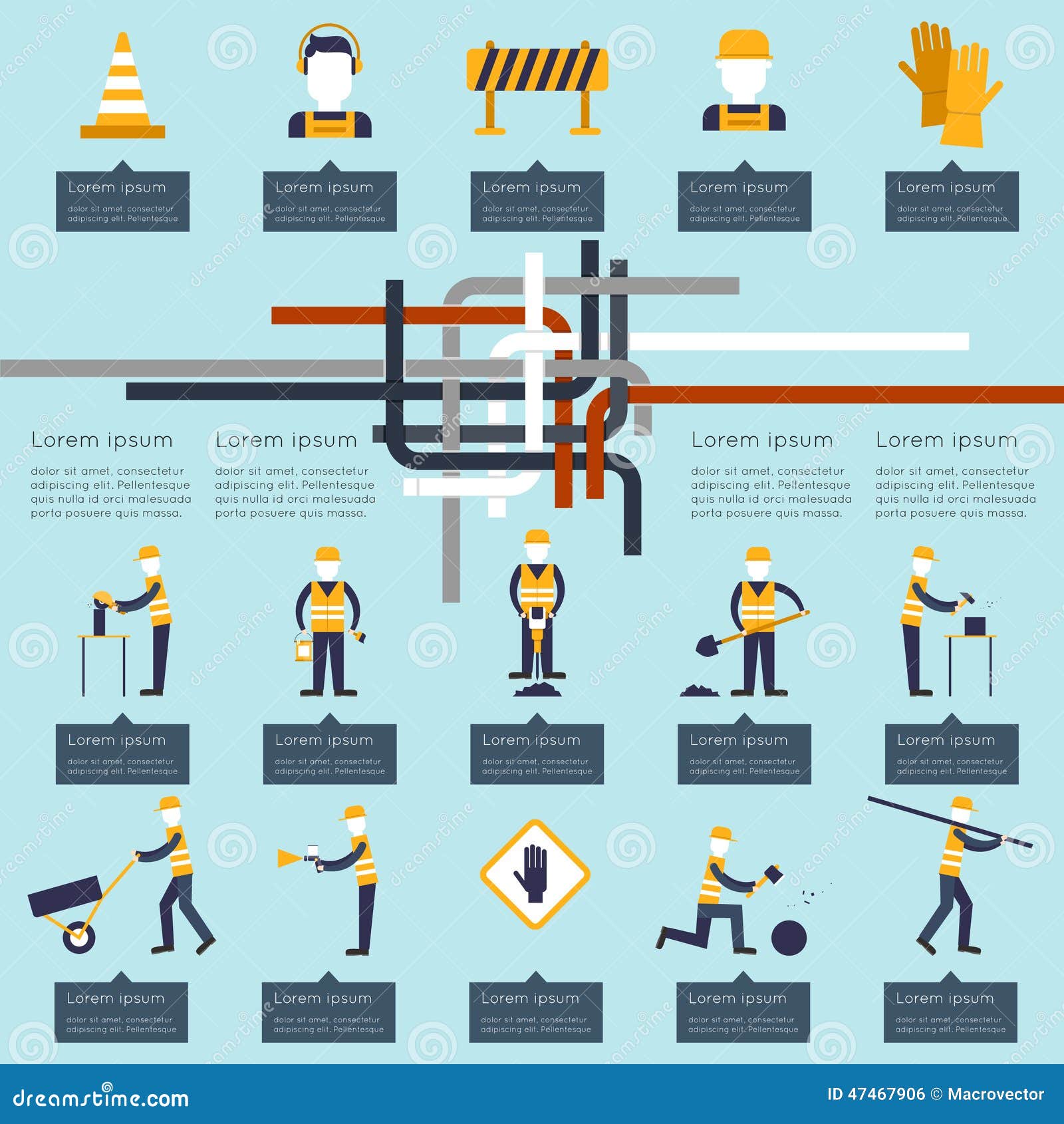Getting Your Wall Surfaces Ready For A Seamless Paint Application
Getting Your Wall Surfaces Ready For A Seamless Paint Application
Blog Article
Published By-Flindt Christoffersen
Achieving a perfect paint task starts with careful wall prep work. From completing blemishes to priming surface areas, each action plays a crucial function in the final outcome. Yet what about those challenging corners and sides that can make or break the general appearance? Remain tuned to uncover experienced tips on just how to navigate these challenging locations with skill, making sure a smooth finish that will certainly boost your room to new elevations of sophistication.
Wall Inspection and Repair
Checking wall surfaces for any blemishes and quickly addressing them via essential repair services is vital for accomplishing a smooth and remarkable paint job. Before beginning the painting process, meticulously take a look at the walls for splits, openings, dents, or any other damage that could influence the outcome.
Begin by completing any kind of cracks or holes with spackling compound, enabling it to completely dry entirely prior to sanding it to produce a smooth surface area. For bigger damages or harmed areas, take into consideration utilizing joint substance to make sure a seamless fixing.
Furthermore, look for any kind of loose paint or wallpaper that may need to be eliminated. Remove any peeling off paint or old wallpaper, and sand the surface to produce a consistent structure.
It's additionally important to check for water damages, as this can lead to mold and mildew development and affect the adhesion of the new paint. Deal with any kind of water stains or mold with the appropriate cleansing services before proceeding with the painting procedure.
Cleansing and Surface Prep Work
To make sure a beautiful and well-prepared surface area for painting, the next step includes completely cleaning and prepping the wall surfaces. Begin by cleaning the wall surfaces with a microfiber fabric or a duster to remove any type of loose dirt, cobwebs, or particles.
For more persistent dust or crud, a solution of mild cleaning agent and water can be made use of to gently scrub the wall surfaces, adhered to by a detailed rinse with tidy water. Pay special interest to areas near light buttons, door deals with, and baseboards, as these often tend to accumulate even more dirt.
After cleaning, https://www.hotcars.com/tips-painting-own-car/ is essential to examine the wall surfaces for any type of splits, holes, or flaws. These need to be full of spackling compound and sanded smooth once completely dry. Sanding the walls lightly with fine-grit sandpaper will certainly likewise help create an uniform surface area for paint.
Priming and Insulation
Prior to paint, the wall surfaces need to be keyed to ensure proper adhesion of the paint and taped to secure adjacent surface areas from stray brushstrokes. Priming acts as a critical action in the paint procedure, especially for brand-new drywall or surface areas that have been patched or repaired. https://gregoryvkqyd.blogunok.com/34166131/get-in-a-realm-of-exciting-chances-as-we-discover-the-key-to-renewing-your-home-with-the-proficiency-of-specialist-residence-painters helps secure the wall surface, producing a smooth and uniform surface for the paint to comply with. Furthermore, primer can boost the sturdiness and coverage of the paint, eventually bring about a more specialist and lasting finish.
When it comes to taping, utilizing painter's tape along trim, ceilings, and various other surface areas you want to safeguard is necessary to accomplish tidy and crisp paint lines. Painter's tape is designed to be quickly applied and gotten rid of without harming the underlying surface or leaving behind any kind of residue. Take the time to effectively tape off areas before painting to conserve on your own the hassle of touch-ups in the future.
exterior paint contractors near me
To conclude, correctly preparing your walls before paint is vital for attaining a remarkable coating. By examining for flaws, cleaning thoroughly, priming the surface, and utilizing painter's tape for tidy lines, you can make sure a professional-looking paint job.
Putting in the time to finish these actions will result in a smooth and resilient surface that improves the general look of your area.
